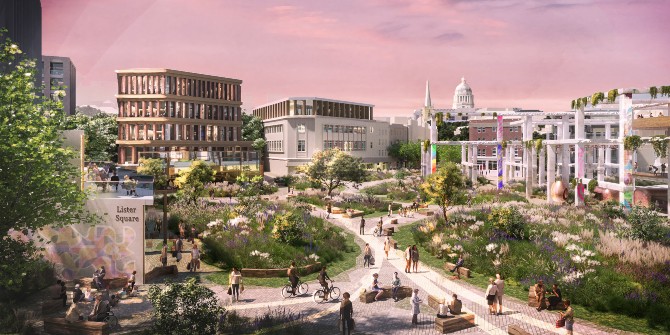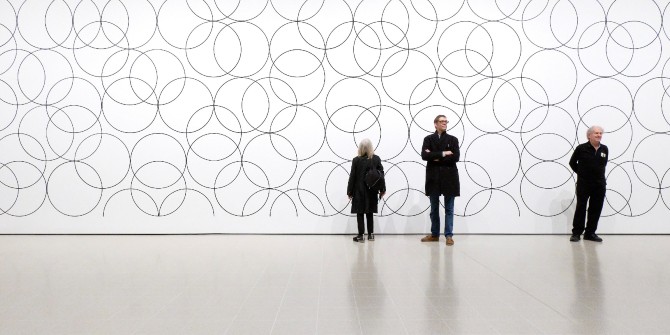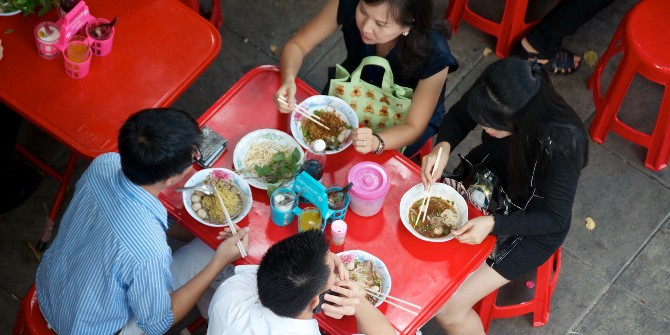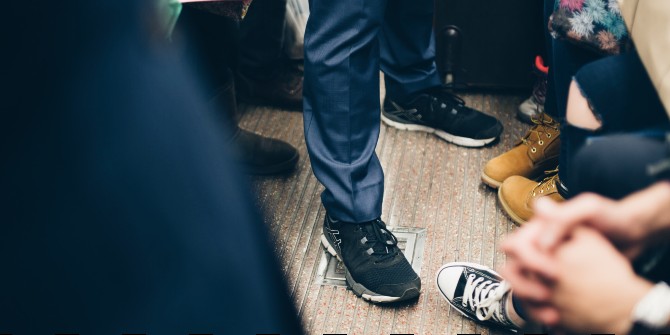As people return to high streets after the pandemic, Thomas Heatherwick argues that we underestimate the importance of emotion in place making.
Boredom is something we don’t talk about in city planning. Yet most places are made in an incredibly insensitive way that pays no heed to how people feel about them. For a long time retailers behaved as though they were essential infrastructure. Multiples muscled their way into our high streets and thought they could get away with being above us while the people were below. But the acceleration of online retail during the pandemic means this kind of lazy place making doesn’t cut it any more.
We don’t ask ourselves why people go somewhere, or how many steps it takes for them to get there. We need to understand how people feel when they move around a place. Emotion is a function of place making. Think about the role of shopping centres. You walk along a street past these big places, and they’re expensive partly because they’re big. Whereas the smaller a place is, the more interesting it is, and the more it engages your emotions and your senses.
My practice is working on a 1970s shopping mall in Nottingham at the moment. Councils thought shopping was what people wanted, but it pushed all the other life out. Half of the centre has been demolished and we want to preserve the rest so that we can mine the existing structure, avoid wasting more carbon, and breathe life back into it.
During the pandemic, it felt as though everyone was rushing to the online world. But it’s a pretty packed place to be. How do you stand out online when you start selling something? Retail is a way to connect people with each other physically. It jumps out and grabs your emotion in a way that a flat, shiny screen doesn’t, no matter what you put on it. What an enormous gap there is for emotion in function-led place making.

I always found it funny that in the world of architecture the most prestigious commission was an art museum, because it represented culture. Yet streets are where people engage in public life. Shopping has become a way we see each other. We thought we were going to see each other online, but we discovered that the algorithms didn’t really let us do the unexpected things that public life should allow us to be doing. Given the high business rates for shopping spaces, we need to find a way to apply tax fairly online and offline, because at the moment the real world is penalised.
Whether we realise it or not, we’re hungry to see each other, and we need government to support that impulse.
This post represents the views of the author and not those of the COVID-19 blog, nor LSE. It is based on Thomas Heatherwick’s contribution to an Urban Age Debate: Rationalising Shopping: are new patterns of consumption an opportunity for reinventing urbanity?, hosted by LSE Cities, the Alfred Herrhausen Gesellschaft and the LSE School of Public Policy.





